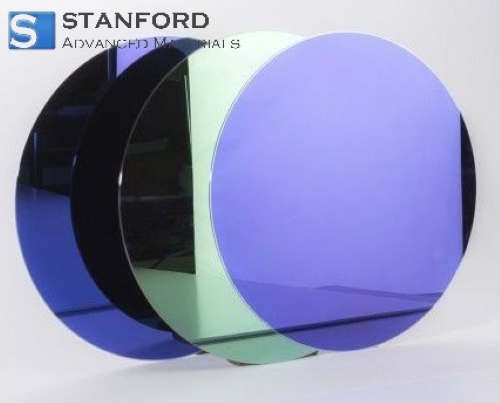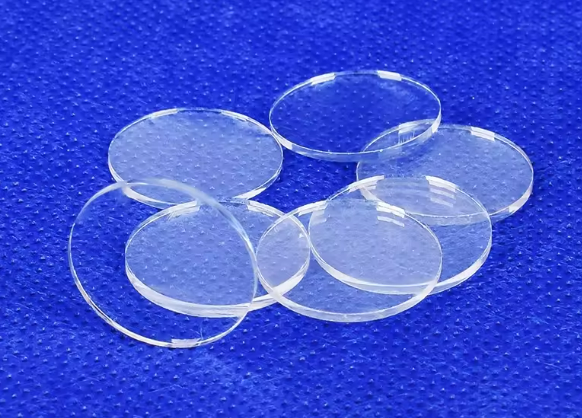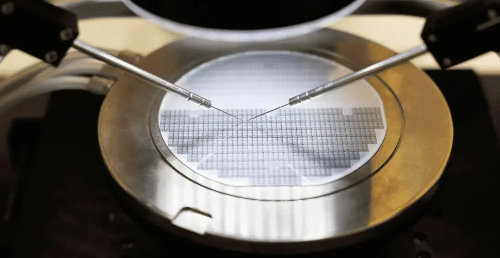The Corrosion Protection Technology of Aluminum Alloys
The aluminum alloy has the advantages of low specific gravity, high specific strength, good seawater corrosion-resistance, non-magnetic property and good low-temperature performance, which has been paid more and more attention in the shipbuilding industry.
Ships using aluminum alloy as hull material can effectively reduce weight, improve stability and speed, and enhance the ship's technical and tactical performance. Aluminum alloy is especially suitable for the high-speed hydrofoil, hovercraft, small surface craft and some special purpose ships. With the development of inert gas welding technology for aluminum alloy, the production cost has been reduced, and the advantages of aluminum alloy materials and their application in the marine environment have been continuously expanded.

Aluminum and aluminum alloys are very reactive, and they are much more resistant to corrosion than steel because of their ability to form a dense and passivating oxide film with oxygen. When the aluminum alloy is used on the ship, it will be more or less in contact with seawater or be invaded by sea spray and ocean-atmosphere, so it will be subject to certain corrosion. Corrosion of alloys is a complex process, which is affected by environment and related to the properties of alloys, and the common corrosion types of marine aluminum alloy in marine environment include corrosion, crevice corrosion, intercrystalline corrosion, peeling corrosion and stress corrosion cracking.
The marine environment is relatively harsh, so the requirements of anti-corrosion of aluminum alloy in the working environment are higher. The corrosive environment of aluminum alloy ship bottom and above the water line is different. The ship bottom is mainly the infiltration erosion of natural seawater and the attachment of aquatic organisms, and the above water line is mainly salt spray corrosion and atmospheric aging. Therefore, the anti-corrosion paint requirements of the ship bottom and above the water line are not identical.
For areas above the water line, the topcoat should have good weather aging resistance, good gloss retention, and a good matching with the primer. Polyurethane finishing coat, alkyd finishing coat, acrylic finishing coat, etc. are always be used, and now the commonly used material is polyurethane finishing coat. With the continuous improvement of the performance requirements of the coating, the fluorocarbon coating with excellent performance or the fluorocarbon coating modified by epoxy and acrylic acid is also applied to the matching coating system of aluminum alloy.









